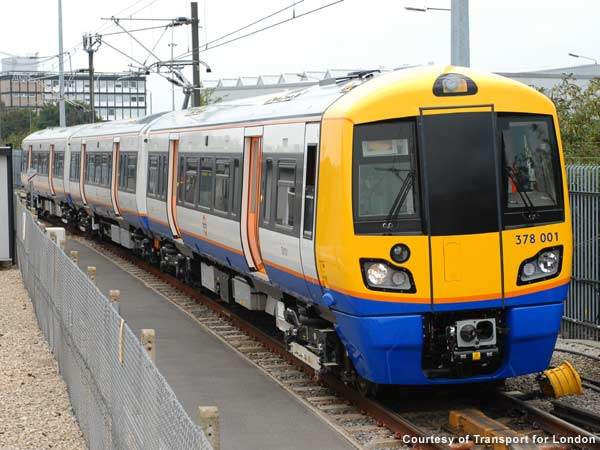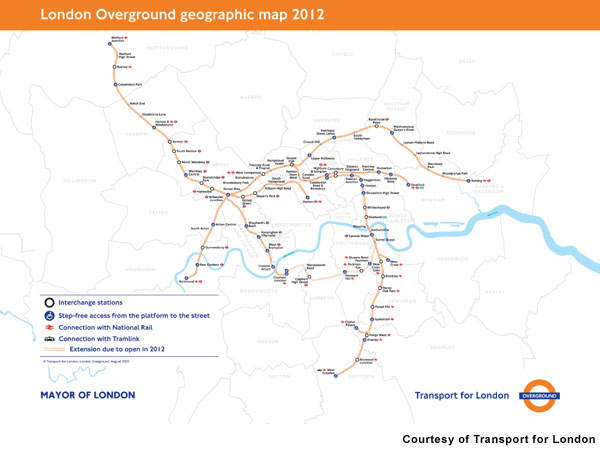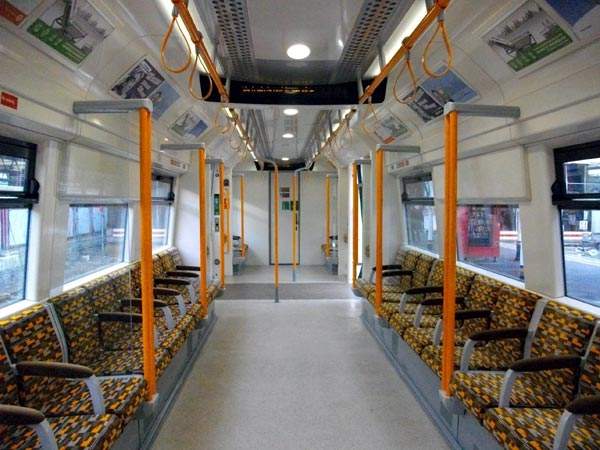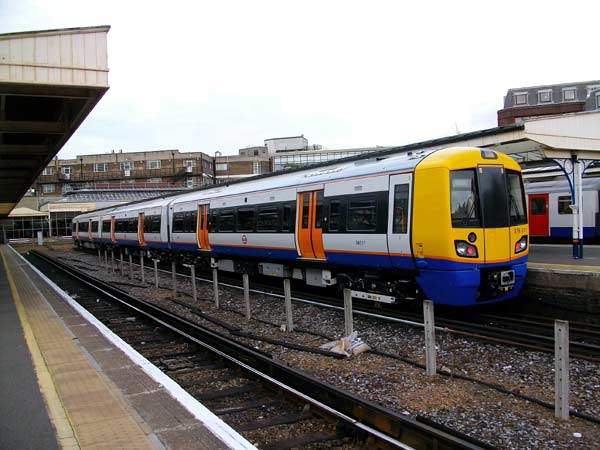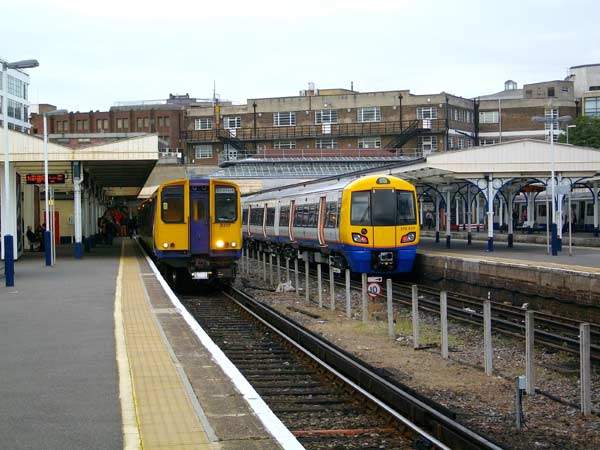The East London line extension (ELLX) is part of a new London Overground network aimed at providing an orbital railway link around the capital city. The former underground East London Line (ELL) line has been extended to make it the mainline of the London Overground network.
The London Overground is a major rail project being constructed as part of the city’s commitment to the International Olympic Committee (IOC) for the 2012 Summer Olympic Games. The project is part of the Transport for London’s (TfL) £10bn investment programme.
The ELLX project, which after completion will be called the East London Railway, is divided into two phases. The total investment in the first phase of the project is £1bn. The East London Railway completion will link some of the most deprived areas in Greater London.
Work on the first phase started in 2005. The extended line was officially opened to the public by London Mayor Boris Johnson on 27 April 2010. It became fully operational in May 2010. The second phase of the East London Line extension project will be completed by May 2012. It is estimated to cost £75m.
The extension line is estimated to increase usage of the passenger transit capacity from 10.4 million to about 35.4 million annually. About 50 million passengers are expected to use the line after the completion of the second phase.
ELLX project
The old East London line of the tube was a part of the London Underground network that ran from Shoreditch to New Cross. The line closed in December 2007 for ELLX project construction and the modernisation of track and stations. The first phase of the line extends in the north from Shoreditch to Dalston Junction, and in the south from New Cross and New Cross Gate to Crystal Palace and West Croydon.
A further extension of the line from Dalston Junction to Highbury & Islington is scheduled for completion in 2011. Phase two of the East London Line extension will be a 2.5km link from south of Surrey Quays to Clapham Junction. The second phase will be along the disused alignment between Rotherhithe and Peckham through the defunct Old Kent Road station.
The European Investment Bank advanced £450m for the first phase through a loan to TfL. The second will be funded by the Department for Transport (£64m) and TfL (£11m).
East London line infrastructure
In October 2006, TfL awarded a £363m contract to the Balfour Beatty and Carillion joint venture (BB/C JV) for rebuilding the East London Line (ELL) between Dalston Junction and West Croydon. The scope of work involved the replacement of 7.4km track, installation of signalling equipment on the Whitechapel and New Cross stretch, construction of a 3.6km new trackbed from Whitechapel to Dalston Junction and four new stations at Shoreditch High Street, Hoxton, Haggerston and Dalston Junction.
The work also included the refurbishment of 14 stations, and construction of a train maintenance facility and a new rail bridge in the north of New Cross Gate, which connects to the national network. All the existing stations in the overground network were also upgraded.
In June 2005, Taylor Woodrow was awarded a £30m civil engineering contract for site preparatory works for the main project. Parsons Brinckerhoff was the programme manager and Mott MacDonald was the project’s technical advisor.
In February 2009, Carillion was also awarded a £80m contract to provide technical and maintenance services for the extended line for seven years.
Rolling stock
In summer 2006, TfL awarded the rolling stock and train services contract to Bombardier. The company provided 23 new four-car Class 378/1 Capitalstar trains. The earlier London Underground line was served by A60 and A62 Stock. The core line from Dalston to Surrey Quays section is served by 16 trains every hour.
London Overground routes
London Overground will connect 20 of London’s 33 boroughs. The first phase is a 14km railway engineering project.
The second phase will be a 2.5km link connecting Surrey Quays to Clapham Junction along Wandsworth Road, Clapham High Street, Queens Road Peckham, Denmark Hill and Peckham Rye. The total ELLX project will have 30 stations.
East London line signalling and communications
The stations are installed with CCTV, lighting, electrification of tracks, lineside signage and communication, and customer service information systems.
Future London network plans
The future phases of the project will link the North London Line at its northern end and to South London Line via a branch. The East London Railway will also link north-east London with south London to form an orbital railway network across central London.

